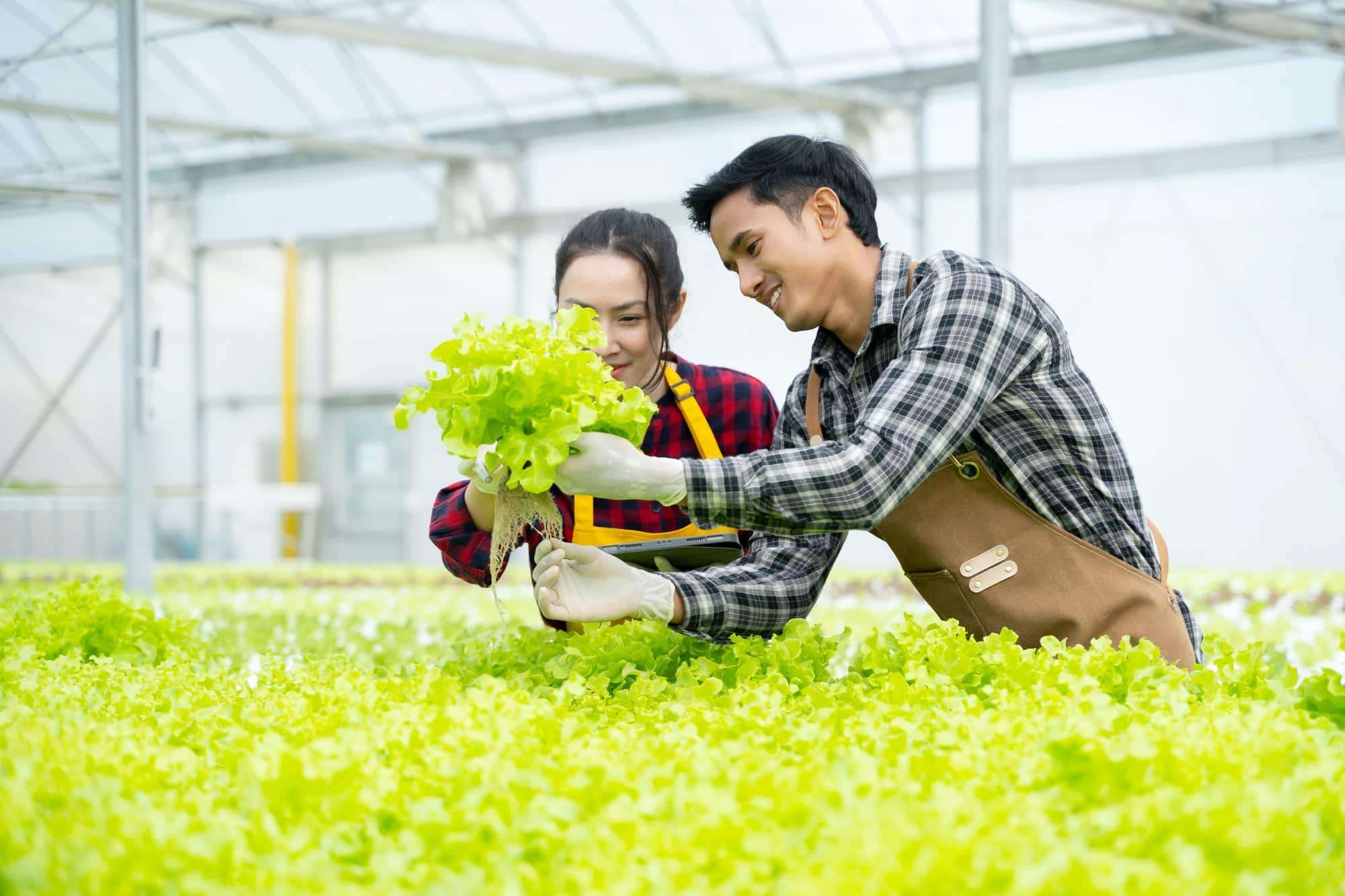As city dwellers in the UK, you might think that the hectic urban life leaves no room for the joys of farming. But that’s not necessarily the case. You’d be surprised to know that the future of farming might not be in the ample open fields of the countryside, but rather, in the vertical spaces within our cities. This is all possible because of a revolutionary method called hydroponic farming.
In this article, you will delve deeper into the world of hydroponic agriculture, exploring how it can enable urban dwellers to grow fresh produce amidst the concrete jungle. This is the future of farming in our cities, and it starts with turning underutilized spaces into productive vertical farms.
A découvrir également : How to Foster Community Engagement in UK’s Urban Regeneration Projects?
The Power of Vertical Farming
Vertical farming is a cutting-edge approach to food production that maximizes the use of space by growing crops in vertically stacked layers. This innovative farming method takes place in structures such as buildings, shipping containers, tunnels, and warehouses.
Through vertical farming, city dwellers can convert their balconies, rooftops, or even spare rooms into productive green spaces. Moreover, since vertical farms can be located near or within cities, this drastically reduces the energy, cost, and carbon emissions associated with transporting fresh produce from rural farms to urban markets.
Dans le meme genre : How Can UK Businesses Implement Green Supply Chain Management?
Hydroponics: The Heartbeat of Vertical Farming
At the core of vertical farming is a water-efficient method of agriculture known as hydroponics. Hydroponic farming refers to the process of growing plants without soil, using mineral nutrient solutions in water. Hydroponic systems are not just water-efficient; they also eliminate the need for pesticide use, thus ensuring the production of clean, healthy produce.
Contrary to conventional farming, hydroponic systems allow plants to receive the exact nutrients they need when they need them. This results in faster growth rates and higher yields. Additionally, hydroponics is not weather-dependent, which means you can grow food all year round, regardless of the season.
Transforming Urban Spaces into Hydroponic Farms
The first step towards transforming urban spaces into hydroponic farms is identifying the right space. It could be an unused rooftop, a spare room, or even a vacant lot. The next step is to set up the hydroponic system. Here, you will need several components including a reservoir, a water pump, growing trays, and a growing medium.
After setting up the hydroponic system, the next step involves choosing the right crops. Lettuce, tomatoes, peppers, strawberries, and herbs are among the best crops to grow hydroponically. Once the crops are planted, the only thing left is managing the system. This includes monitoring and adjusting the nutrient solution, controlling the temperature and humidity levels, and ensuring the plants receive enough light.
The Impact of Hydroponic Farms in Cities
The advent of hydroponic farms in cities will have profound effects on urban life. These farms will not only provide city dwellers with a constant supply of fresh, clean produce but also improve the urban environment.
By converting underutilized urban spaces into green, productive areas, hydroponic farms can significantly reduce the heat island effect, a phenomenon where urban areas are significantly warmer than their rural surroundings. Moreover, these farms can contribute to reducing carbon emissions by minimizing the need for transportation, storage, and refrigeration of produce.
The hydroponic system also uses up to 90% less water than traditional farming methods. This water-saving advantage has significant implications in cities where water scarcity is a major concern.
In conclusion, hydroponic farming presents a viable and sustainable solution for city dwellers in the UK to grow their own fresh produce. With careful planning and management, you can transform your urban space into a productive farm, contributing to the food security, environmental sustainability and resilience of your city.
The Role of Community Gardens in Promoting Hydroponic Farming
Community gardens have emerged as dynamic spaces where people can come together to engage in urban agriculture, including hydroponic farming. These communal spaces serve as outdoor classrooms, where city dwellers can learn about the process of food production, the importance of sustainability, and the impact of climate change on our food system.
In the context of hydroponics, community gardens serve as ideal spaces to set up collective hydroponic systems. Each participant can contribute to the establishment and management of the system, fostering a sense of collective ownership and shared responsibility. Moreover, these gardens can house larger scale hydroponic systems than those that can typically fit into an individual apartment or balcony, thus allowing for more considerable production of fresh produce.
Emphasizing the role of hydroponics within community gardens also provides an opportunity to educate urban residents about this innovative farming method. Workshops and demonstrations can demystify the subject, showing people that they can indeed grow food in their own urban spaces no matter the size. This collective approach to hydroponic farming can play a significant role in building a resilient and sustainable food system within urban areas.
Indoor Vertical Farming: The Future of Urban Agriculture
The future of urban agriculture is shining brightly with the rise of indoor vertical farming. This novel approach to food production involves growing crops in controlled environments within urban areas, often in buildings or warehouses specifically designed for this purpose. This method merges technology with agriculture, using advanced systems to control the environment and optimize plant growth.
Indoor vertical farming, often employing hydroponic systems, allows crops to grow year-round, regardless of the weather or season. These controlled environment agriculture systems can maintain optimal growing conditions at all times, ensuring the highest possible yields.
Furthermore, indoor vertical farms can also contribute to improving the urban microclimate. They can act as green lungs within the city, absorbing CO2 emissions and releasing oxygen. Additionally, these farms can help combat the urban heat island effect, as plants sequester heat and emit moisture through a process called transpiration.
With indoor vertical farming, you can turn any underutilized space, from an unused office building to an old warehouse, into a productive, green, and climate-friendly farm.
Conclusion: Embracing Hydroponics for a Sustainable Urban Future
As city dwellers, we need to rethink how we view and use the spaces around us. The concrete walls and empty rooftops that characterize our urban landscapes can be transformed into verdant, productive farms through the power of hydroponics and vertical farming.
The potential benefits of integrating hydroponics into urban life extend beyond just fresh produce. Hydroponic farms can contribute to food security, mitigate the impacts of climate change, promote sustainability, and even foster community engagement. They can be a part of peri-urban agriculture initiatives, community gardens, or the more technologically advanced indoor farming facilities.
The urban farming movement is not just about growing food; it’s about changing how we live in cities. It’s about embracing environmental sustainability, promoting food sovereignty, and building resilient communities. The future of farming is here, and it’s sprouting up in the heart of our cities. Let’s embrace it and grow towards a sustainable urban future.






